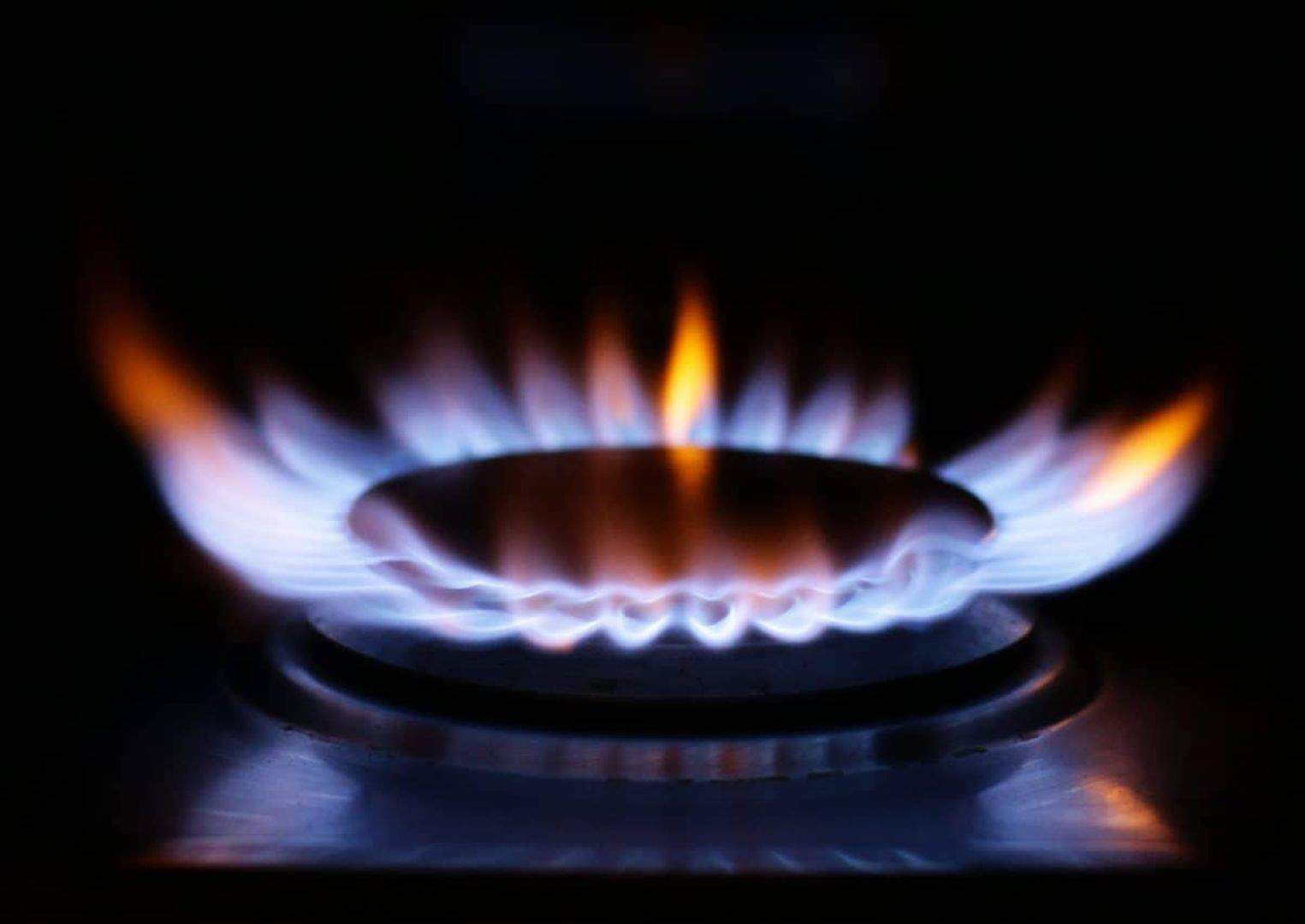
By Vladimir C. - Master in Political Sciences (Germany) - Blue Europe 2021 Contest - Review by Grzegorz Wiśniewski and Brian Fabregue
The European Union's 27 member states now rely on Russia for a major share of their imported natural gas; this reliance will grow considerably bigger if European states continue to pursue their terrible existing energy policies. With plans to phase out nuclear power in several European countries, the EU's goal of reducing coal consumption and thus greenhouse gas emissions, and the depletion of domestic gas sources, reliance on Russia has increased considerably even compared to only 10 years ago. Regardless of evolution of relations, EU countries must immediately collaborate to develop a coordinated diversification policy.
Nearly two decades ago, the European Union began introducing competition into the European natural gas market. As a result, a process emerged that fundamentally altered the gas market's organization and coordination, as well as the function — or even the presence — of specific sorts of individuals. In the mid-2010s, the restructuring of the energy market process was still ongoing. Simultaneously, significant changes in the geopolitical, environmental, and technological factors of the European and worldwide energy and gas markets may be noticed. These changes have had a significant impact on the development of 'reactive' policies inside the European Union, both in Brussels and in the Member States. The progression of Europe's natural gas policy toward a highly regulated form of a 'well-functioning' gas market continues to be a highly contentious and unstable experiment. Natural gas's worth is continually fluctuating between economics, supply security, and sustainability. Additionally, the weight accorded to these values and their operationalization varies across Europe. As a result, establishing a 'well-functioning' EU gas market will always be a politically charged and never-ending story.
The notion that 'the market' requires additional development is a recurring message, and new rules, laws, and interventions are proposed on a regular basis. Initially, it was thought that these difficulties were caused by delays in the market restructuring process. The persistent exercise of market power by producers, wholesalers, and retailers harmed the EU gas market's ability to function as an efficient coordination system. Indeed, competition between many suppliers has developed mostly in northwestern Europe, while other regions continue to be supplied by a single source, Russia, or a few. The solution is to increase competition through deeper restructuring, stricter oversight and control of market actors' behavior, and more effective regulation of transportation and storage infrastructure.
Simultaneously, significant changes are taking place in the European and worldwide energy and gas markets, as well as the world in which these markets operate. To begin, the EU has been extended geopolitically by admitting additional Member States in central Europe that were previously Warsaw Pact members. Additionally, the erstwhile Soviet republics have achieved independence and are pursuing their own political and energy agendas, impacted or not by domestic conflicts. Second, in terms of energy and environmental policy, the growing acceptance of global warming as a result of the usage of fossil fuels has affected the EU countries' preferences and priorities for energy supply. Thirdly, in terms of technological progress, the quick maturation of both LNG and unconventional gas (and oil) production has significantly affected both the local availability and transportability of gas resources. The latter, in particular, has had an economic influence on integrating the world's three major continental gas markets: America, Eurasia, and southwest Asia.
As will be seen below, changes in these geopolitical, environmental, and technological drivers have had a significant impact on the development of 'reactive' policies in the European Union, both in Brussels and in Member States. Meanwhile, the overall energy and gas market policy objectives remain constrained by the EU's unique vision of how to construct a 'well-functioning' market in a sector that exhibits at least some of the characteristics of a natural monopoly.
This begs the intriguing question of whether the existing European gas policy can continue on its current course of primarily establishing a 'well-functioning' gas market through more or less constant regulatory involvement. This, while in the second row, a slew of changes are occurring that affect the assessment of critical values such as natural gas's role as the primary energy input in the European economy, supply security, sustainability, and the economics of gas supply. It is critical to highlight that these ideals are valued differently in different parts of Europe.
We will begin by discussing some of the essential aspects of the gas sector. Following that, we will briefly discuss how the European gas market has been restructured by later EU Commission directives and actions. Following that, we will address the fundamental changes in the European gas market and the global energy landscape briefly. We finish with a discussion of how these factors combine and the implications for gas in Europe.
The European Gas Industry
The natural gas industry is divided into three distinct sectors: Upstream, gas exploration and production occur. The midstream segment is responsible for transporting gas to local distribution grids, industrial users, and power plants. Generally, gas is transferred on a continental scale by high-pressure transmission pipelines. Overseas, the gas is transferred as LNG through tankers. Storage of gas is possible in salt caverns or depleted gas fields. Local distribution grids distribute gas to small home and corporate consumers downstream.
Developing, operating, and exploiting these production, transportation, distribution, and storage systems are difficult and risky endeavors. To begin, they necessitate significant capital expenditure; capital expenditure accounts for the lion's share of total cost. Second, the assets involved are very specialized; once developed at a particular place, they cannot be withdrawn or repurposed if either the supply or demand of gas ceased. These charges have been'sunk' literarily. Thirdly, all parties are entangled in some degree of interdependence with respect to one another. Pipelines, LNG facilities, and storage facilities are critical infrastructure for producers, traders, and end users. Thus, access to these facilities is a critical determinant of the supply system's operation and the economic well-being of the parties involved.
Volume and price risk are critical in this regard. Gas producers and infrastructure operators will earn a profit only if their assets are operated at a fair rate of throughput and generate revenues sufficient to pay their costs over the long run. They require expect security. By investing in specialized gas-fired appliances and installations, users demonstrate their commitment to utilizing gas. They require supply assurance, certainly at a price that is acceptable in comparison to the cost of alternative energy sources.
Generally, as a result of these circumstances and the economy of scale associated with their technical and spatial characteristics, gas systems have been seen as natural monopolies incapable of competition. Historically, economic notions such as market flaws, market failure, and public goods have prompted governments to interfere and regulate the business in order to protect the public interest and the industry's economic stability. In those countries that produced gas, the public interest in resource management served as an additional justification for state engagement.

In Europe, public coordination was almost often accomplished through direct official intervention. International gas transmission and wholesale commerce were administered by joint ventures between gas producers and national and local governments, while municipal gas firms managed local distribution networks and retail trade. Commercial transactions and market coordination were facilitated through long-term contracts, which included take-or-pay and destination clauses and linked the gas price to the price of oil products, which served as the primary substitute for gas, while gas producers received revenues on a net-back basis. The net-back principle states that producers (and governments) receive a residual amount after all costs are covered. Public finance and economic coordination were critical elements in this scenario. Gas production and sales were governed by complex exploration, production, and taxation systems. Frequently, gas price was employed to stimulate regional and sectoral economies.
Please find the rest of the article on blue-europe.eu
Read the full article

